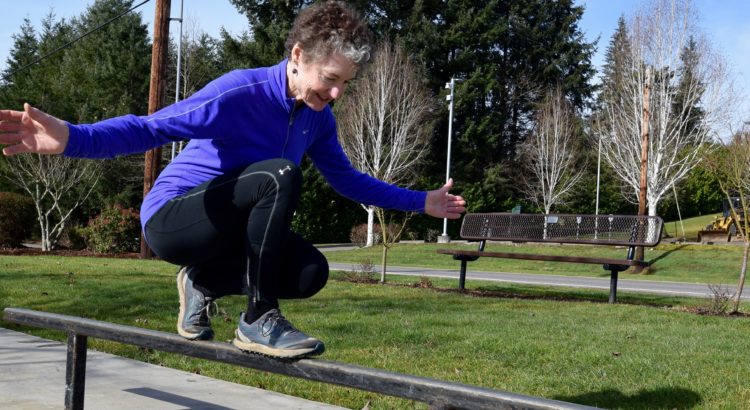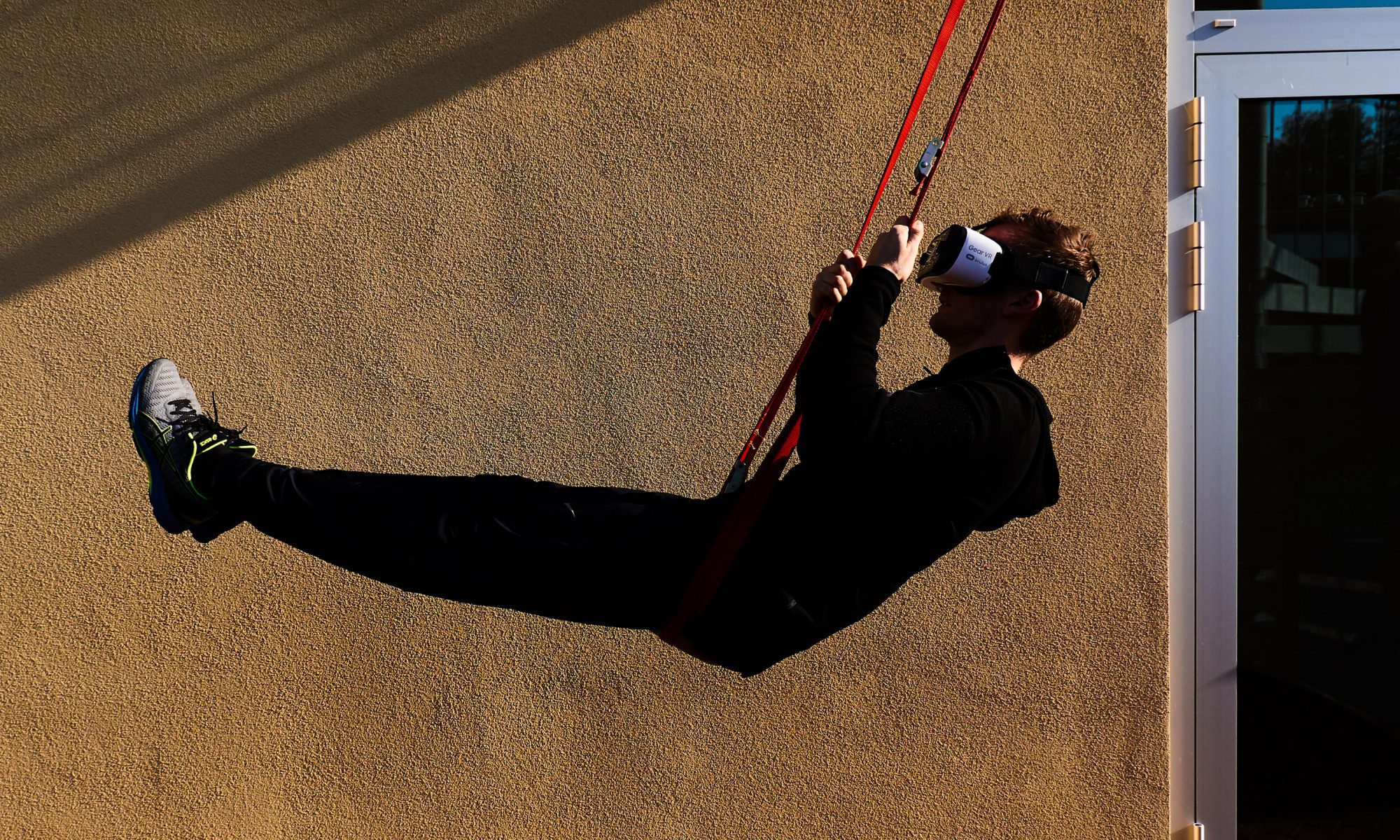Exercise programs – going for cardio vs resistance, strength vs endurance? what to do? do these divisions mean anything? and what do they have to do with Movement – how we get around?
Let’s break it down a bit and see what we come up with.
MOVEment – is about gravity – our relationship with one of the fundamental forces of the universe. That’s kinda cool: we are aligned with gravity. We orient to it – it affects every cell in our body, and our bodies are designed / have evolved to work with it. Not just our joints and muscles – but our reflexes, our senses.

If we start with gravity then everything else we talk about in terms of MOVE and why it’s so critical for us to move – becomes more accessible – we can say “oh, that’s why squats are important; that’s why going for walks IS such a big deal; that’s why we certain things we eat are so good for us.”
RELATIONSHIP WITH GRAVITY: we can express our relationship with gravity as MOVEMENT (and how that drives adaptation – but hold that one for now). In our relationship with gravity we can see coordination between three main components:

- Strength
- Balance
- Mobility
More particularly
- Strength of body
- Balance of body
- mobility of body
To help underline the role of gravity in our lives, consider all these attributes of strength are completely useless in Space. Why?
Can we use our limbs in space – in a gravity near zero environment – to move in space? ON earth – we either drop with gravity (no resistance) or push against gravity (resistance) to move. That doesn’t help in space (zero g).
What about Balance – is there any up or down in space? so that whole equilibrium/vestibular system – not necessary?
Coordination? if we can’t move ourselves on our own power around in space, then what do we coordinate?
Astronauts – we notice – in space walks – use gasses to adjust movement – to accelerate or decelerate themselves.
Our bodies can’t self propel in space. Our bodies require gravity (and air).
Articulated limbs on say the Canadarm of the space shuttle? to move earth made stuff into a gravitational orbit, again, it’s local hydraulics in the arm that extends and contracts, resisting its own mass.
In other words, Gravity plays a huge and constant role in how we are the way we are in terms of interacting with the human environment – and what space work also shows us: if we don’t challenge our bodies with gravity – there are serious consequences – not unlike the fraily process that occurs over time on earth.
Now let’s look at the bright side: How to work with Gravity – that is, how COORDINATE Strength, Balance and Mobility on earth.
Looking at these attributes will help us start to understand why certain approaches to “exercise” have become prevalent – and how we can play with these throughout our day.
Strength =
- Load
- Speed (or duration)
- Range of motion
These are all completed with the phrase “of an action of a joint or joints ” in order to say how much load at what speed in what range of motion for how long.
These variables influence types of strength/energy systems used (along with many many other processes, but let’s just focus on the typical ones we talk about with movement).
These variables also effect how much and how well we can interact with gravity – for how long with what load etc
Balance = integration of 3 systems
- Visual,
- vestibular
- proprioceptive
These attributes of balance Influences precision – accuracy of our movements. We’ll getinto these in more detail and how to test and explore them.

MOBILITY
- control of movement, joint by joint
Eric Cobb, in Zhealth, presents mobility – that joint by joint control as “movement maps” in the brain – so that by deliberately practicing moving a joint through its range of motion, we gain capacity to balance better, build strength better, move better.
Here are some follow-alongs for “neuro-mobility” we use in our explorations of MOVEment
MOVEment as Coordination –
Assuming some strength to move, some balance, and some capacity to control joint action to maintain a position, how we learn to assemble these capacities to MOVE – is what that strength, mobility and balance are enabling:
- movement patterns.
- via co-ordination of limbs in relation to each other
- supporting locomotion
Almost all our movements are learned – even walking. They are stored in various parts of our brain. As we learn movements those patterns move to different brain areas too. And these patterns interact with our entire brain – from cortex to brain stem to cerebellum. Learning movements also helps learning and remembering other knowledge too. Quality movement helps us learn and remember not just motor skills but cognitive and social skills as well. No kidding.
Movement coordinates strength, balance, and mobility, bringing them together for some pretty basic interactions:
over under around through – with the environment – from which, everything.
Later we’ll talk about two associated properties of movement – our relationship with AIR and our relationship with ENERGY and how each of these enables the quality of our movement.
EXPERIMENTS in MOVEMENT – PLAY/EXPLORE
To build up a foundation for understanding and exploring movement, we’ll be looking at how to play with each of its gravity-based attributes, relative to how these interactions affect our whole bodies – all 11 of our organ systems, right down to every cell.
For now, a key heuristic is that we are use it or lose it systems, so quality movement work is going to let us engage our whole bodies to interact with our whole environment.
Examples? good movement positively affects our guts – and our microbiome. Good movement keeps patterns of those movements alive in the brain’s nervous tissue.
Good movement affects our balance, our vision, our emotional wellbeing, our capacity to handle stress – good movement includes great breathing and owning the movement of each joint in our bodies to create capacity to move over and under around and through.
Spending some time to explore quality movement also feels great, don’t you think? if you’re not sure, let’s explore that hypothesis together.
if you’re staff at the U of Southampton and it’s before June 28 Join us for MOVE EAT BURN BUILD BETTER 2023
